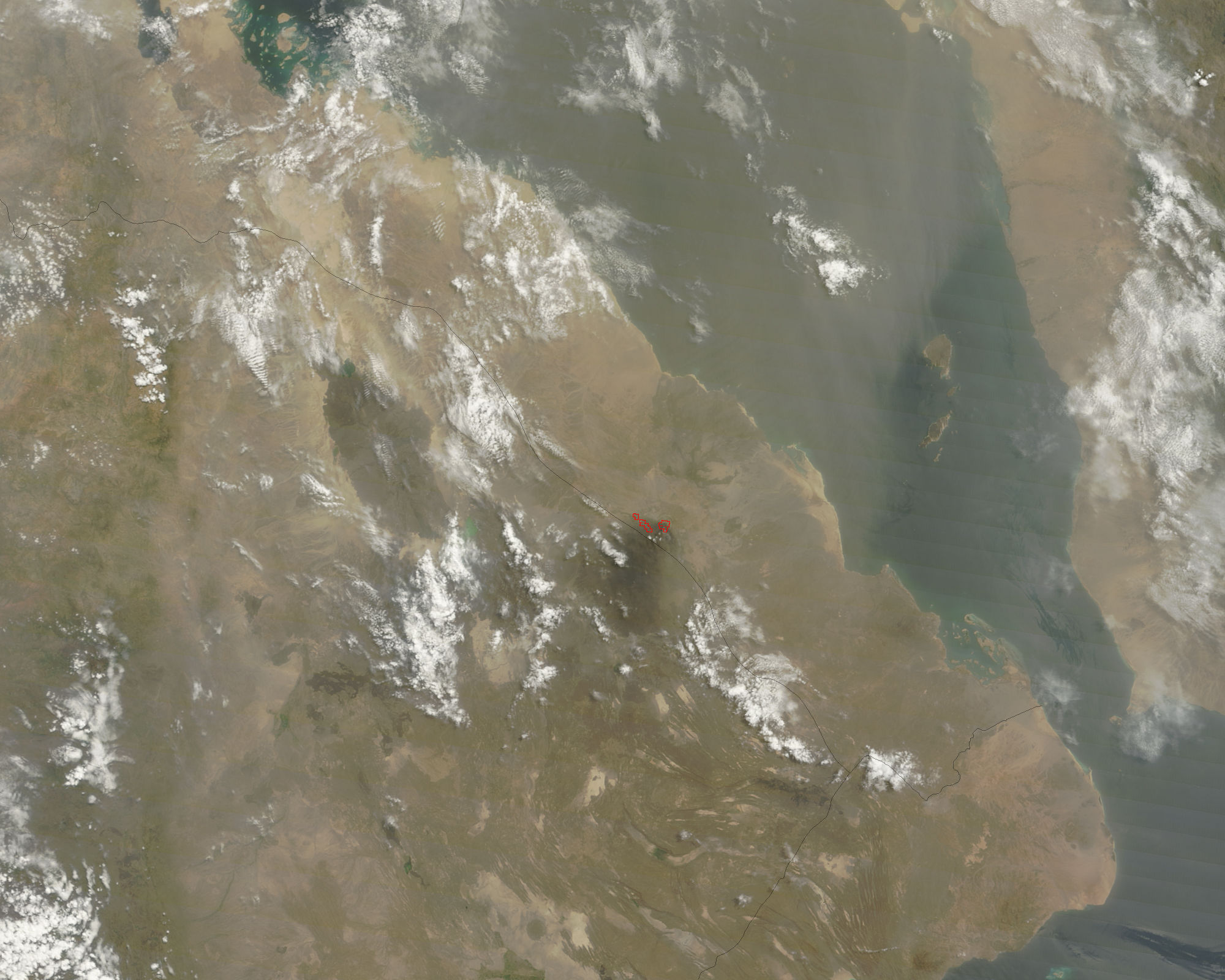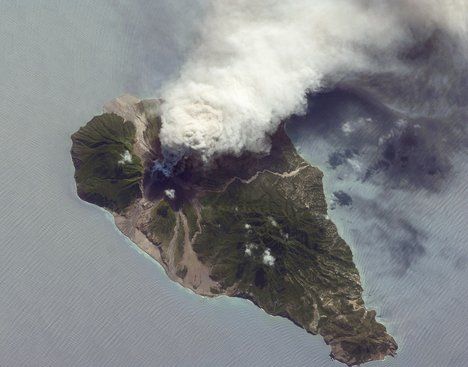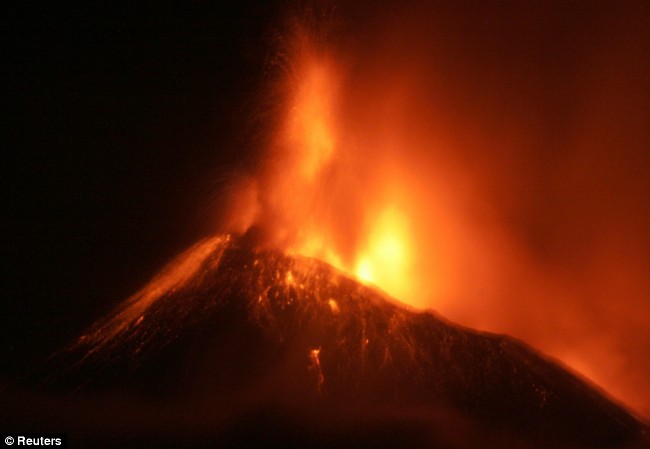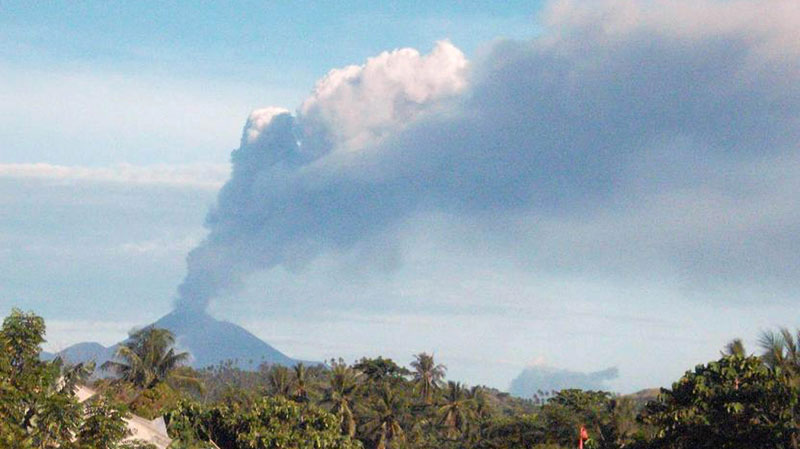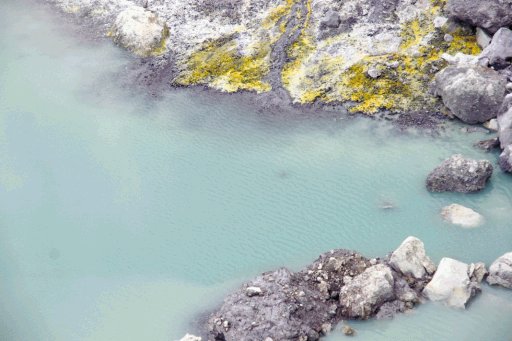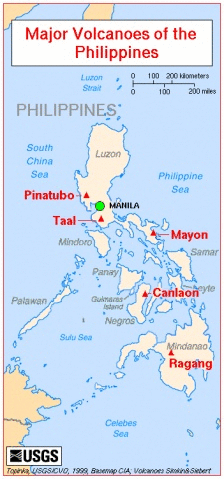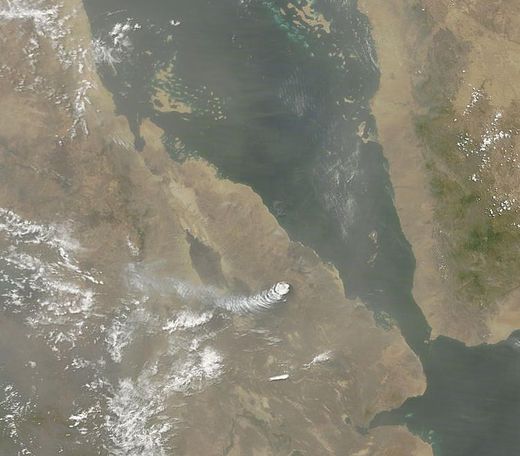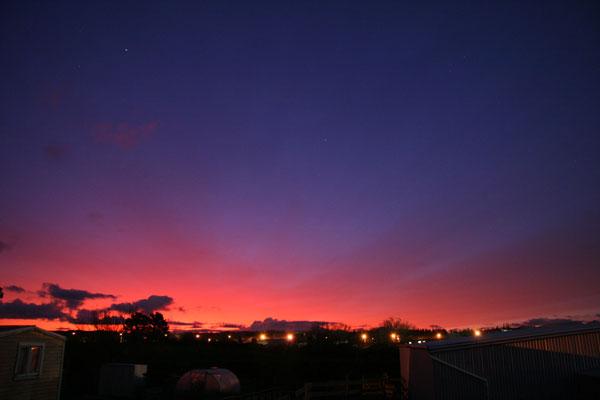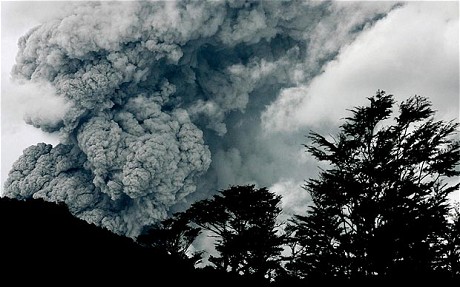NASA's Terra satellite and the GOES-11 satellite captured ash plumes or heat coming from the Nabro volcano, the Puyehue-Cordón volcano, and the Soputan volcano, respectively, over the past week. There are a number of other volcanoes showing activity around the world, but thanks to good visibility these three volcanoes were more easily seen from space this week.
NASA's Terra satellite flew over the Nabro volcano in Eritrea on July 6 at 07:50 UTC (3:50 a.m. EDT) and the Moderate Resolution Imaging Spectroradiometer (MODIS) instrument captured "heat signatures" or hot areas in the volcano. The MODIS images are created by the MODIS Rapid Response Team at NASA's Goddard Space Flight Center in Greenbelt, Md. The team provides images from the MODIS instrument (that flies on both the Terra and Aqua satellite) every day.
Nabro is located in the State of Eritrea, a country in the Horn of Africa. Eritrea's neighboring countries include Ethiopia to the south, Djibouti to the southeast and Sudan to the west. An ash plume was difficult to pinpoint on the imagery because of dust blowing in the direction of the volcano and over the Gulf of Aden from nearby Somalia.
